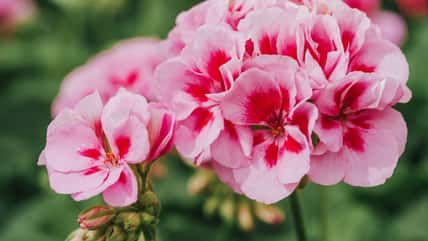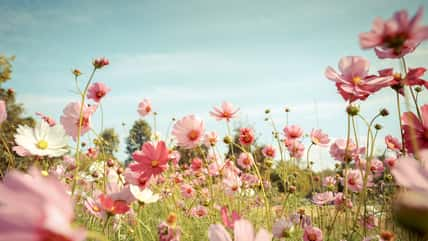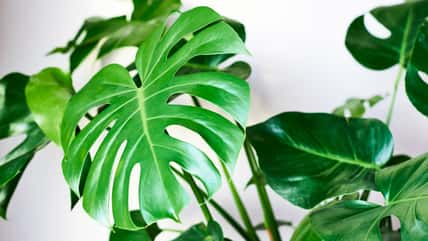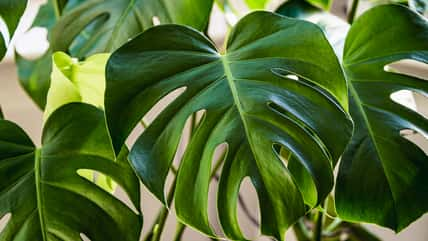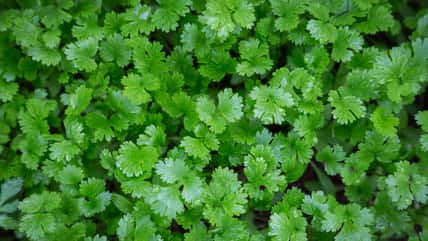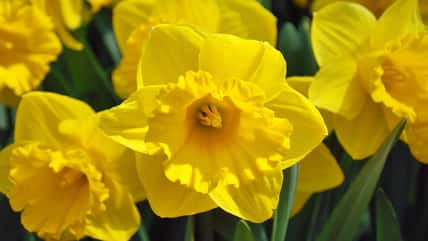Bonsai Trees Are Supposed To Represent Luck, And They Also Make Marvelous Interior Decorations, So If You Would Like To Have One In Your Home, Here’s What You Need To Know

Bonsai is the art of cultivating miniature trees in containers. The trees have a long history in Japanese and East Asian culture. They represent growth, balance, harmony, and luck.
Whether or not you believe they release positive energies, it is undeniable that the potted trees make marvelous interior decorations.
A Japanese maple bonsai tree, in particular, will turn heads. Their brightly colored leaves are breathtaking, especially in the right pot and when properly pruned.
While other species of tree might be stunning as well, the Japanese maple bonsai wins bonus points for being more manageable for beginners to take care of. Since bonsai is not your typical houseplant, it should be kept outdoors.
Japanese maple bonsai don’t need as much sunlight as other bonsai varieties. Position them in areas that receive morning and evening sun. The rays at these times of the day aren’t as harsh.
For soil, it must be well-draining and full of nutrients. A bonsai soil mix is highly recommended because regular potting soil just won’t provide enough of what your tree needs.
Water your Japanese maple regularly. Bonsai trees require much more water than an average container plant. Therefore, they must be watered every day during spring and summer.
But in fall and winter, you can cut down on the amount of watering. Always aim to keep the surface of the soil moist. When watering, flood the pot to ensure the water reaches the tree’s roots.
In addition, Japanese maple bonsai can only tolerate short periods of freezing temperatures. Cold, frosty winters are not its friend.
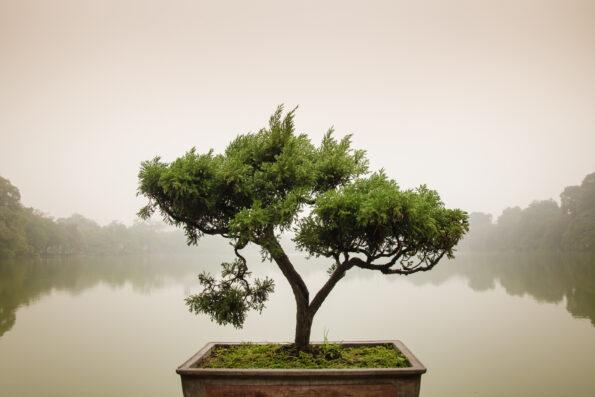
Nuamfolio- stock.adobe.com- illustrative purposes only
If temperatures drop below 25 degrees Fahrenheit, put your bonsai in an outdoor sheltered location. If it gets any colder, it will become necessary to insulate the roots.
This can be done by either burying the pot in garden soil or covering the tree and pot with protective material, such as bubble wrap.
Furthermore, Japanese maple bonsai demand consistent fertilization to grow successfully. During the warmer months, feed the tree every other week with an organic bonsai fertilizer.
Liquid fertilizer also works just as well. In the fall, opt for a nitrogen-free fertilizer and reduce the number of times you fertilize.
When it comes to pruning and wiring, remember bonsai is an art form and should be done with meticulous care.
Wire the tree in the summertime to shape its branches. Don’t keep the wires on for more than six months. Also, pinch back new shoots frequently during the warmer months to encourage branching.
You’ll need to trim back the leaves as well to maintain the plant’s aesthetic. Save any heavy pruning for when the colder weather comes.
Although Japanese maple bonsai are meant to be grown outdoors, you can bring it inside for a bit to show off to guests!
If true crime defines your free time, this is for you: join Chip Chick’s True Crime Tribe
Instead Of Tossing Your Coffee Grounds, You Can Actually Use Them To Help Your Garden
After A Really Tough Week, She Got Into A Fight With A Woman Over A Donut At A Coffee Shop
Sign up for Chip Chick’s newsletter and get stories like this delivered to your inbox.
More About:Gardening
